13 Iconic U.S. Coins and Their Fascinating Histories
U.S. coins are more than just currency—they are pieces of history. Many of these iconic coins tell fascinating stories about the country’s past, from its early days to key moments in American history. Some coins, like the 1794 Flowing Hair Silver Dollar, were among the first to be struck by the U.S. Mint, while others, such as the 1933 Double Eagle, were produced under unique circumstances. These coins are highly sought after by collectors due to their rarity, design, and historical significance. Over time, some have become symbols of American heritage, while others are tied to specific events or eras. In this article, we will explore the stories behind some of the most iconic U.S. coins.
This post may contain affiliate links, which helps keep this content free. Please read our disclosure for more info.
The 1794 Flowing Hair Silver Dollar
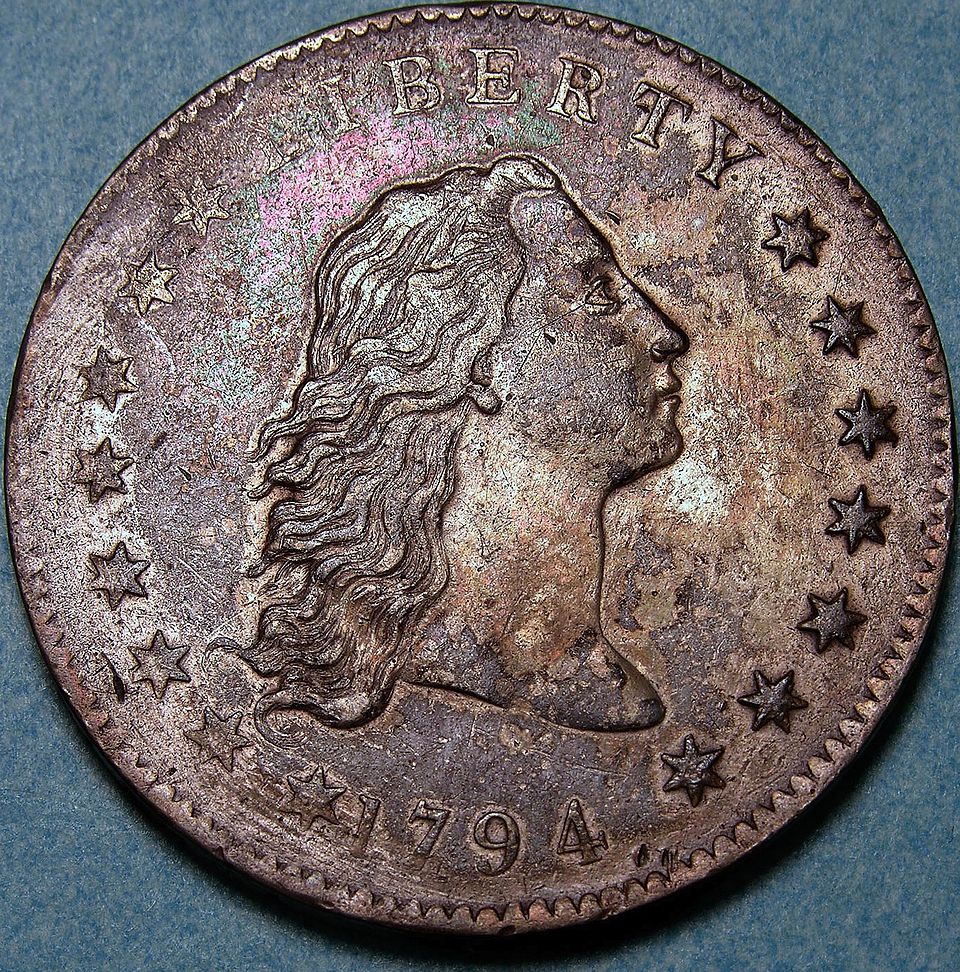
The 1794 Flowing Hair Silver Dollar is one of the earliest coins struck by the United States Mint. Known for its unique design, this coin features Lady Liberty with flowing hair on the obverse and an eagle on the reverse. The coin’s rarity and historical significance make it a sought-after piece by collectors. It is believed to be one of the first silver dollars minted by the U.S. government.
As of now, the 1794 Flowing Hair Silver Dollar can fetch up to $10 million at auction, depending on its condition. Its high price is driven by its importance in American coinage history and the limited number of examples in circulation today.
The 1913 Liberty Head Nickel
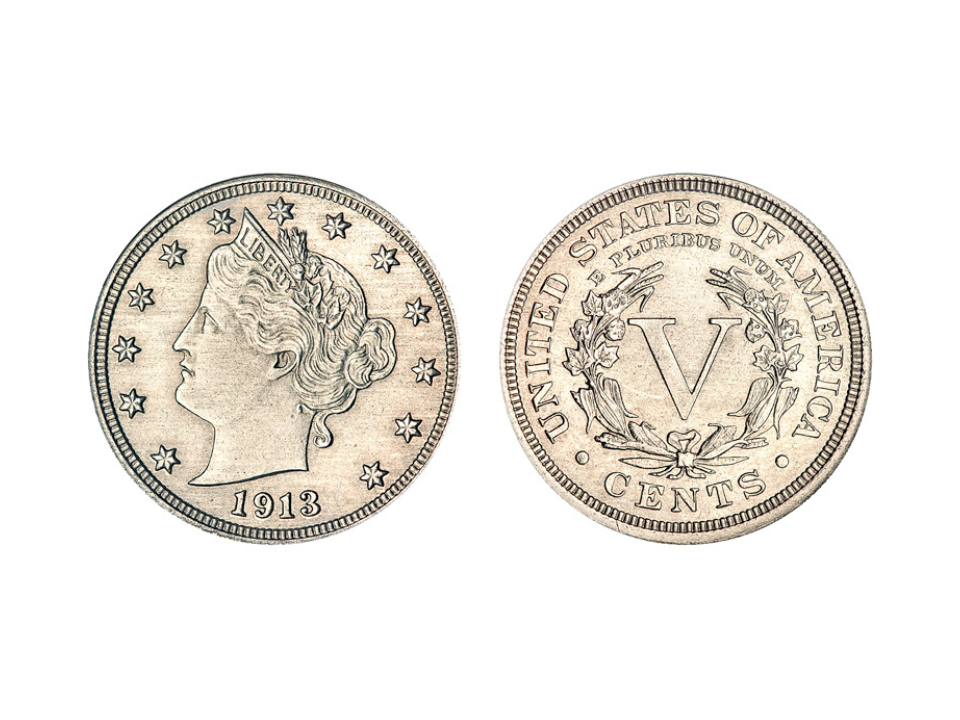
The 1913 Liberty Head Nickel is a coin with an intriguing story and a long history of mystery. Only five known specimens of this coin exist today, making it one of the rarest U.S. coins. It was initially struck in 1912, but due to a mistake, the design was used for a 1913 coin, leading to its rarity. This coin features a classic portrait of Liberty on the front and an eagle on the reverse.
A single specimen of the 1913 Liberty Head Nickel has sold for around $3.7 million. Its rarity and the story behind its production are key factors contributing to its immense value in the numismatic world.
The 1933 Double Eagle
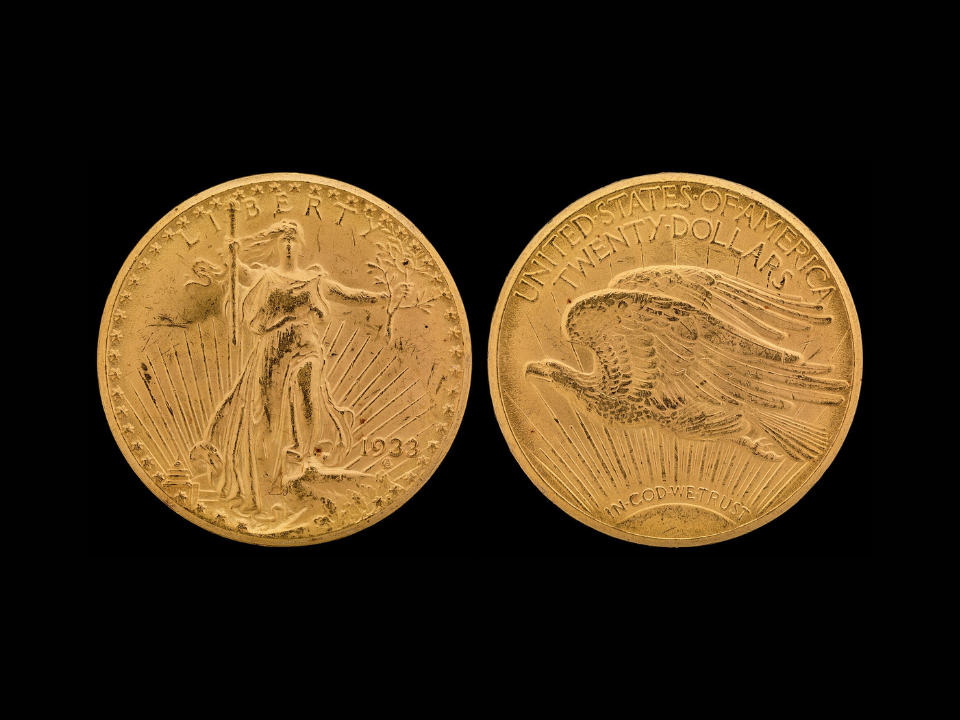
The 1933 Double Eagle is a gold coin that has captured the public’s attention for decades. It was initially produced as part of a series of gold coins, but most of them were never released due to the U.S. government’s decision to abandon the gold standard. A small number of these coins were illegally removed from the Mint, leading to a long history of speculation about their fate.
The 1933 Double Eagle is one of the most valuable coins ever sold, with one example fetching $18.9 million at auction. Its historical significance, along with the mystery surrounding its release, makes it highly coveted by collectors.
The 1916 Standing Liberty Quarter
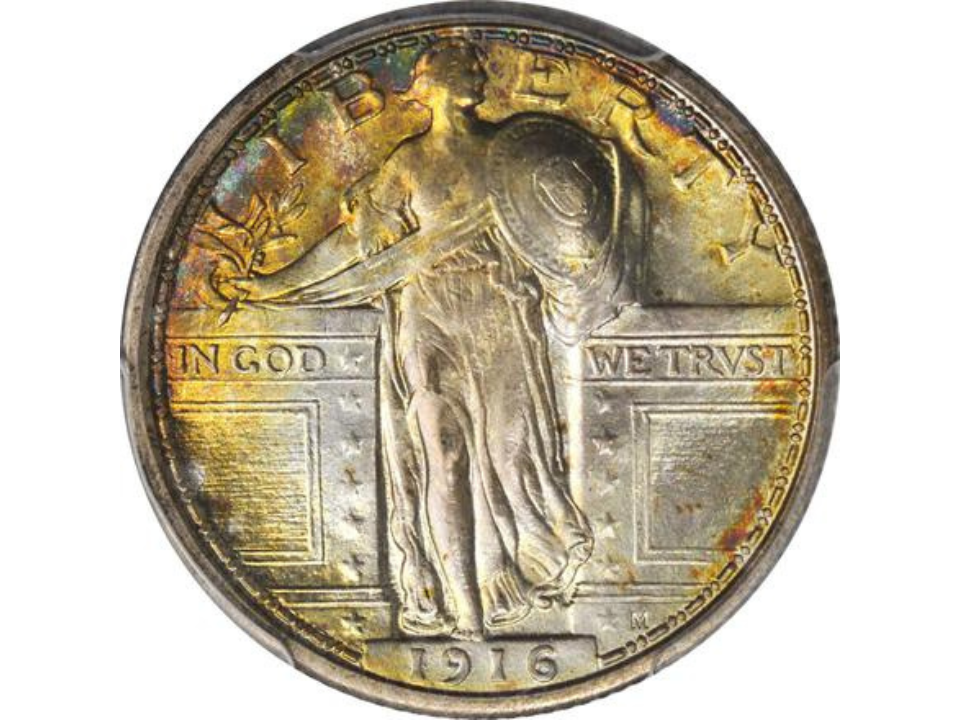
The 1916 Standing Liberty Quarter is a beautiful coin, notable for its artistic design. It features Liberty standing proudly on the obverse, with a shield in one hand and a laurel wreath in the other. The reverse displays an eagle in flight, symbolizing freedom. This coin was part of a series produced during a time when the U.S. was transitioning from old designs to more modern ones.
The 1916 Standing Liberty Quarter can sell for upwards of $1.5 million in high-grade condition. Its value is driven by its rarity and the striking design, which remains a favorite among numismatic enthusiasts.
The 1943 Steel Penny
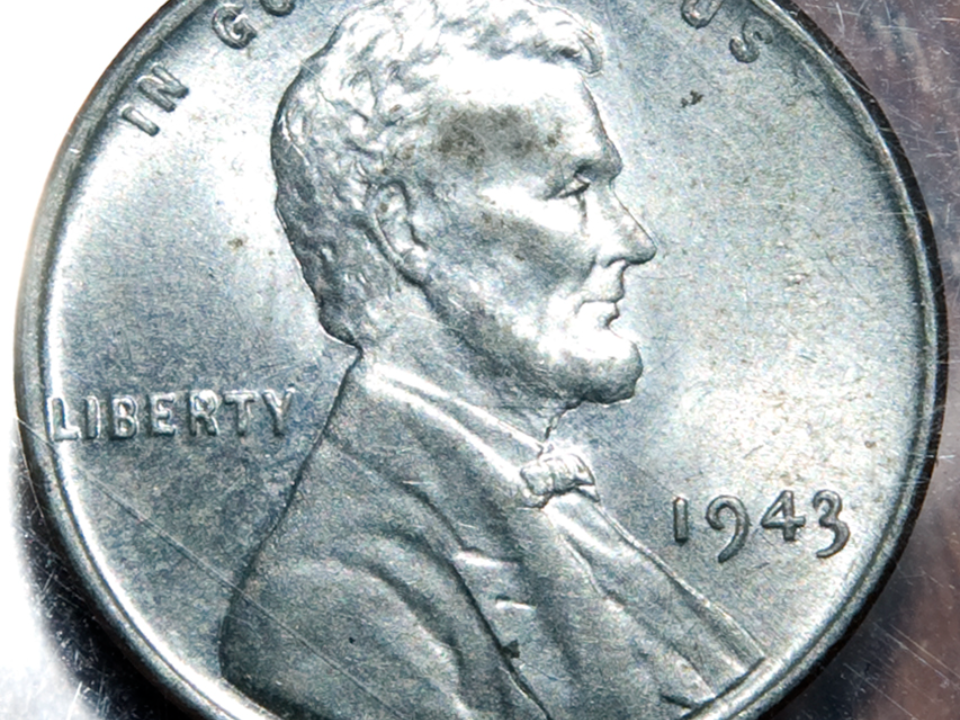
During World War II, the U.S. Mint faced a shortage of copper, leading to the creation of the 1943 Steel Penny. This coin was made from steel coated with zinc, giving it a silvery appearance. It was issued for one year only and replaced the traditional copper pennies during wartime. Though most were melted down after the war, a few surviving examples remain.
The 1943 Steel Penny is relatively affordable, with prices starting at around $10 for lower-quality specimens. However, higher-grade examples or those with minting errors can fetch up to $1 million at auction.
The 1796 Draped Bust Half Dollar
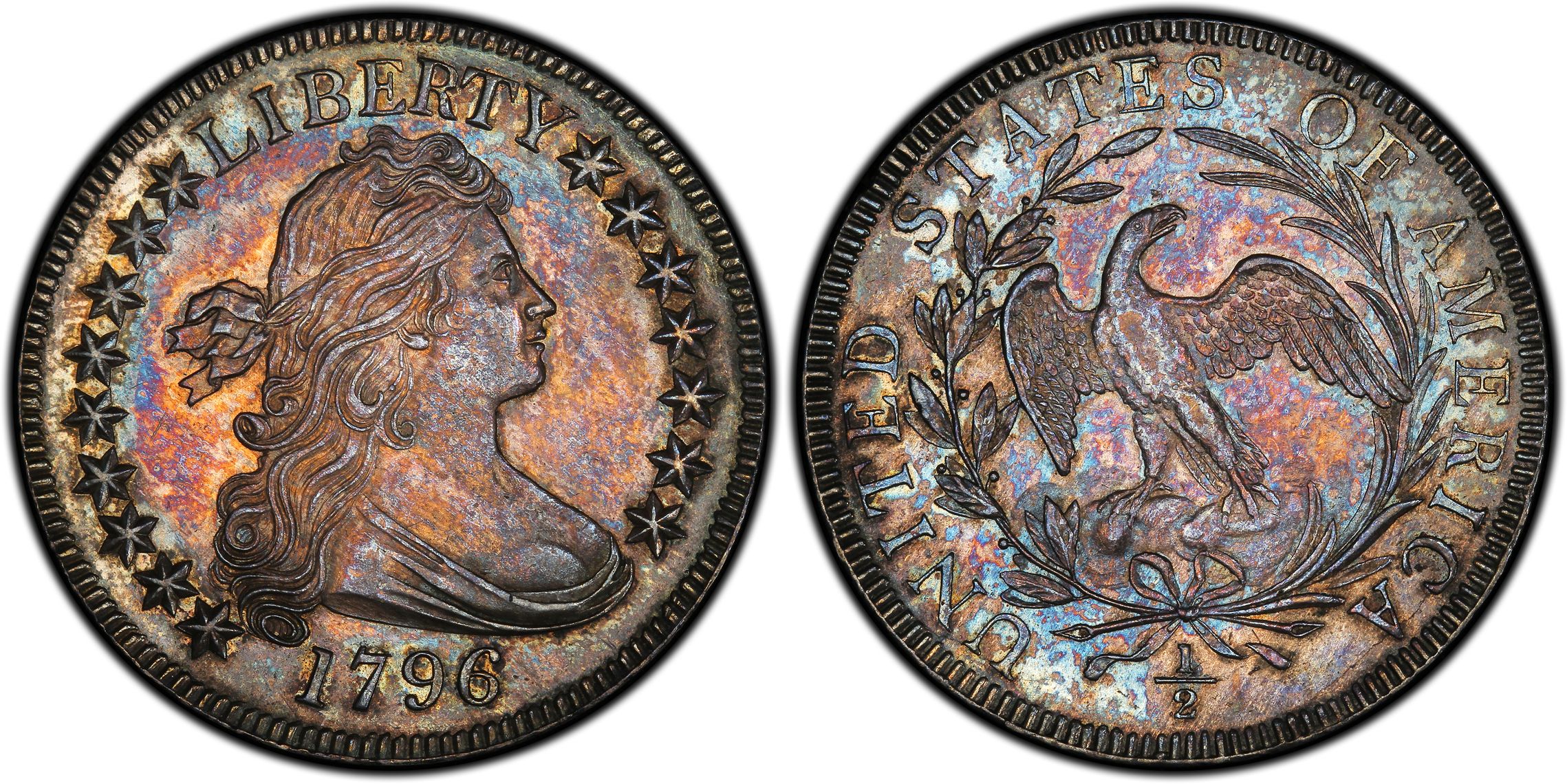
The 1796 Draped Bust Half Dollar is another early U.S. coin that has captured the interest of collectors. This coin features Lady Liberty with flowing hair on the obverse, surrounded by stars and the date. The reverse shows a heraldic eagle with a shield. The Draped Bust design was used for only a few years, making the 1796 edition particularly rare.
This coin’s value can range between $300,000 and $500,000 depending on its condition. Its rarity, along with its historical significance, makes it a highly desirable piece for numismatists.
The 1861 Paquet Reverse Double Eagle
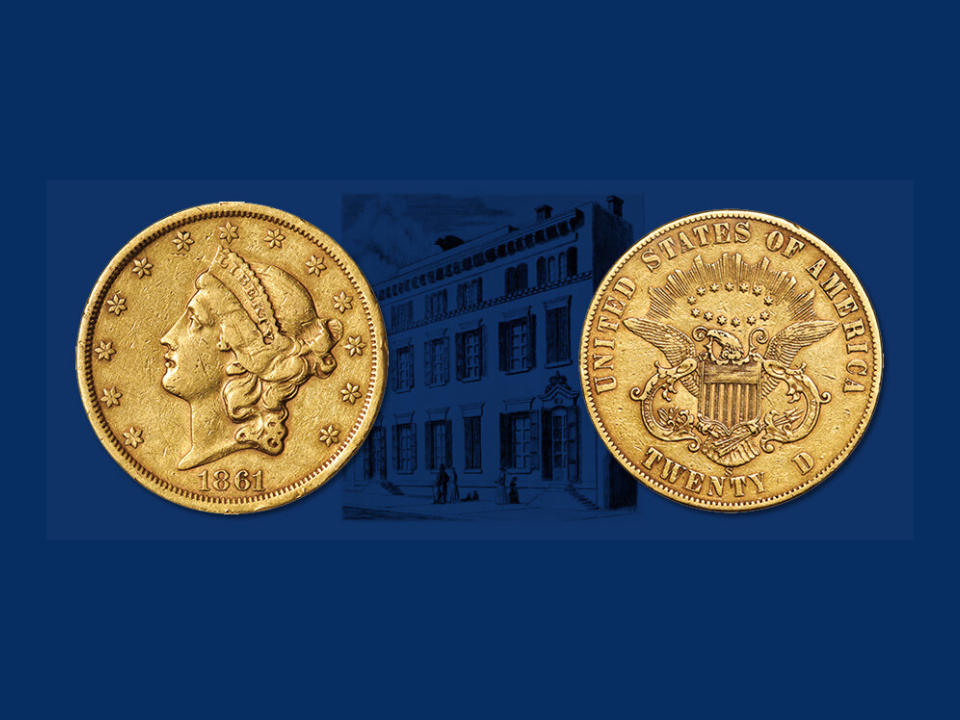
The 1861 Paquet Reverse Double Eagle was a unique version of the popular Double Eagle coin. It features a reverse design created by engraver Anthony Paquet, which was meant to be a more refined version of the eagle. However, after it was struck, the design was changed back to the original, making the Paquet Reverse a rare variation.
This coin is highly valuable, with one specimen selling for $7.6 million in 2002. The coin’s limited number of examples and its connection to the Civil War era contribute to its high price.
The 1804 Draped Bust Dollar
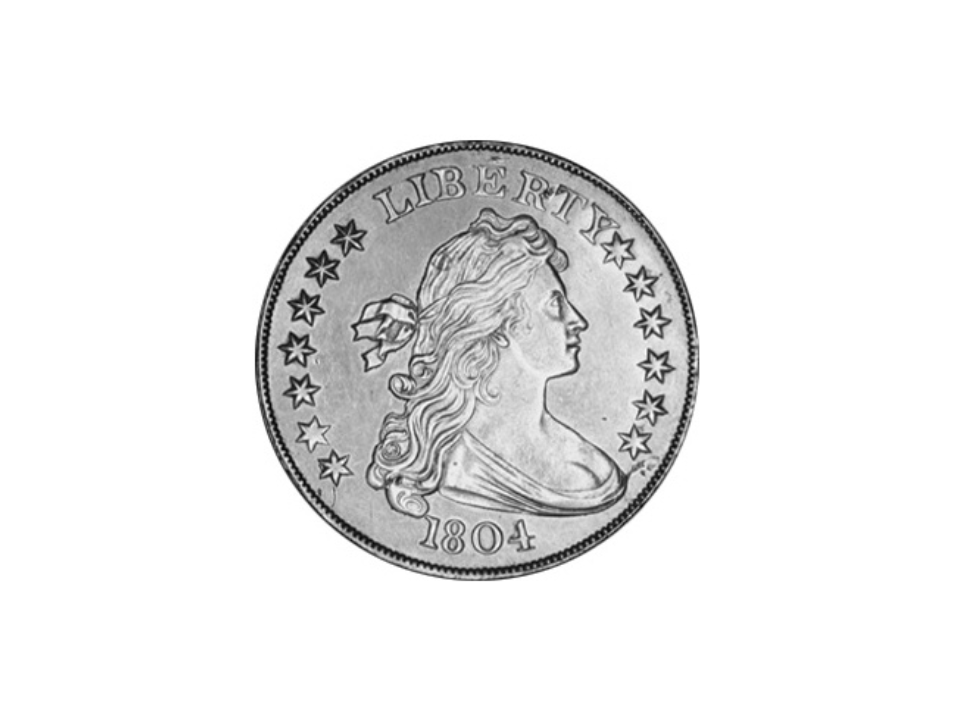
The 1804 Draped Bust Dollar is another highly sought-after coin with an interesting history. Although it was first struck in 1804, the coins were not issued until 1834 as part of a diplomatic gift set. The coins were meant to commemorate the U.S. Mint’s achievements and were given to foreign dignitaries.
A well-preserved example of the 1804 Draped Bust Dollar can be worth over $4 million. Its history and limited supply make it a valuable item for collectors, particularly those interested in early American coins.
The 1895 Morgan Silver Dollar
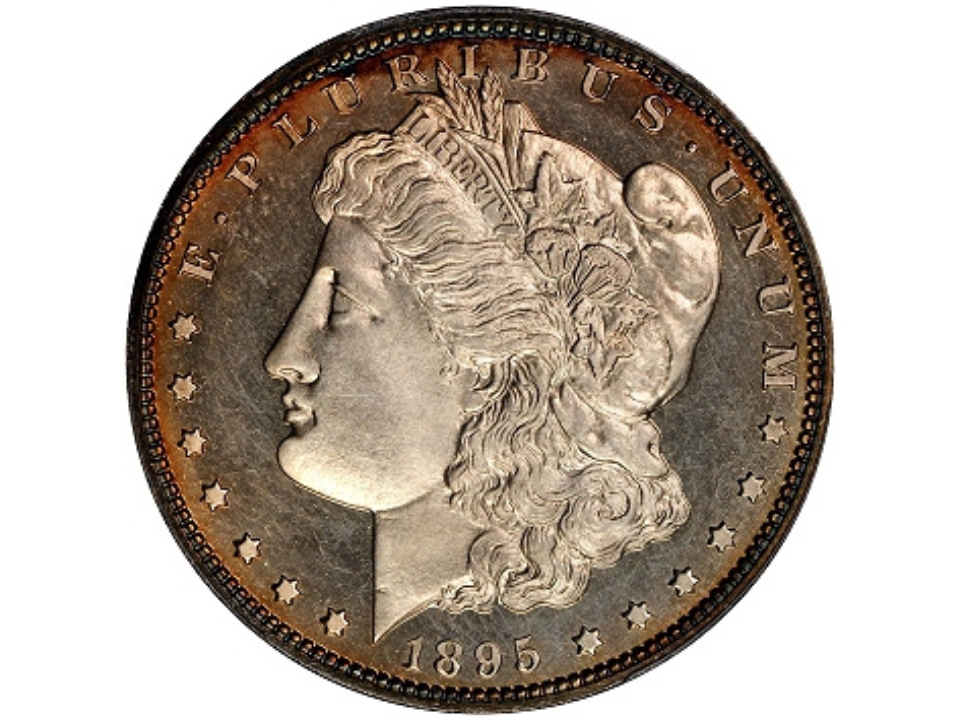
The 1895 Morgan Silver Dollar is often referred to as the “King of the Morgan Dollars” due to its rarity. Only a limited number of these coins were struck, and they were primarily used for proofs, which were typically stored in government vaults. Over time, most of the 1895 Morgan Silver Dollars were lost or melted down.
In excellent condition, the 1895 Morgan Silver Dollar can be worth over $1 million. Its scarcity and the mystery surrounding its limited mintage contribute to its high value in the numismatic world.
The 1911 Indian Head Quarter Eagle
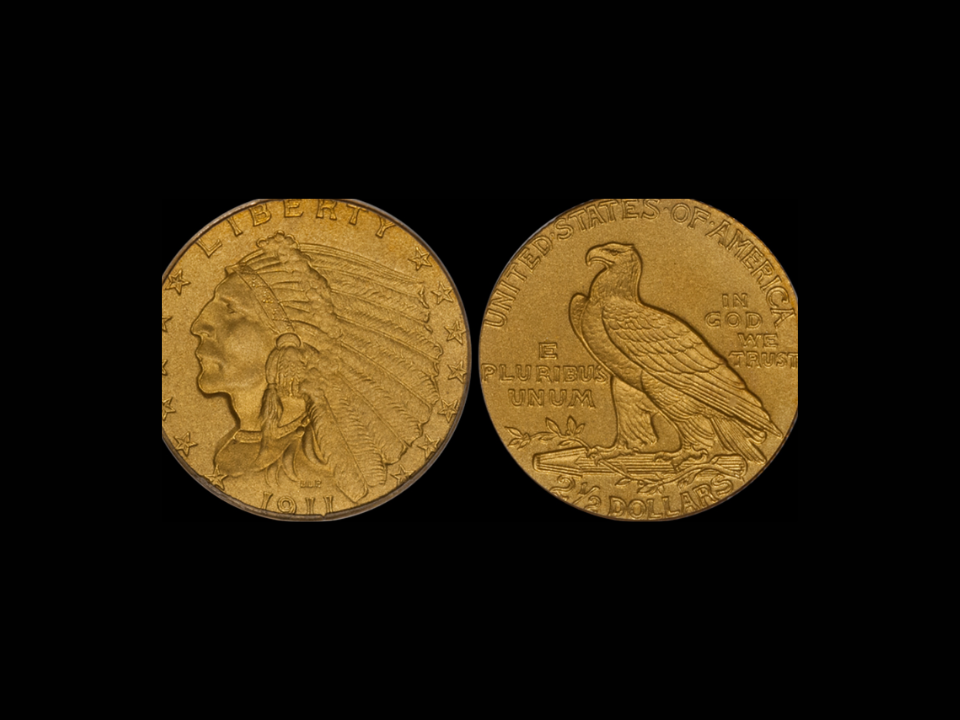
The 1911 Indian Head Quarter Eagle is a gold coin that was designed by renowned sculptor Augustus Saint-Gaudens. This coin features a striking image of an Indian chief wearing a feathered headdress, with an eagle perched on a branch on the reverse. The design was praised for its artistry and is considered one of the most beautiful in U.S. coinage history.
This coin typically fetches between $400,000 and $500,000, depending on its grade. Its value is based on both its gold content and its exceptional design, making it a desirable piece for collectors.
The 1861 Confederate States Half Dollar
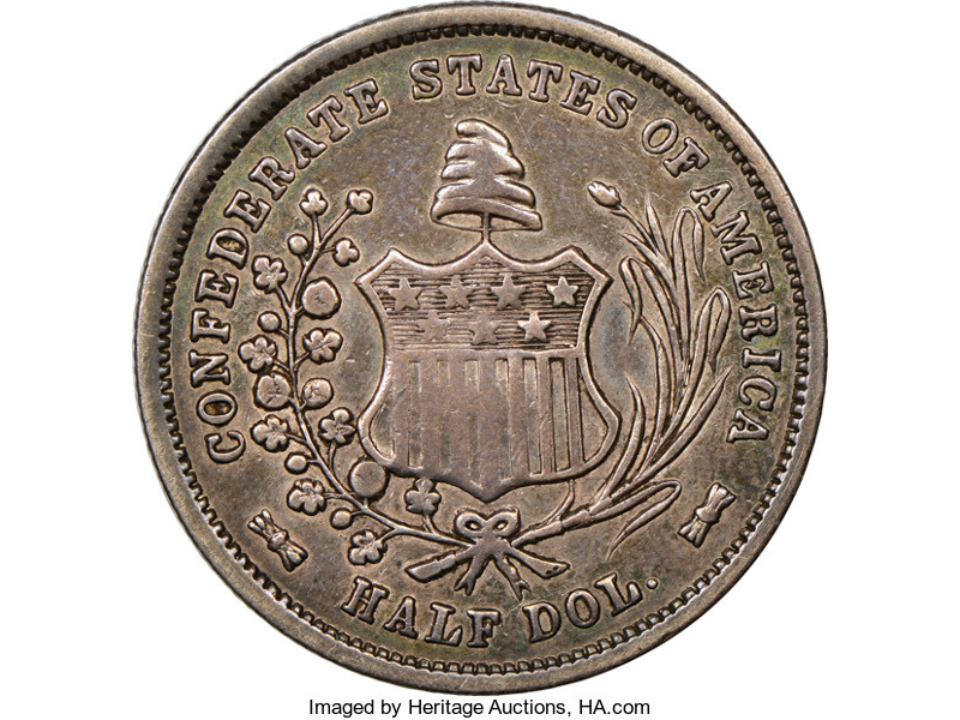
The 1861 Confederate States Half Dollar is a piece of American history that was struck during the Civil War. It features a design of Liberty and a Southern cross on the reverse. Though only a few of these coins were made before the collapse of the Confederacy, they remain an important symbol of the Southern cause during the war.
This coin can be worth anywhere from $100,000 to $250,000, depending on its condition. Its rarity and the story behind its production make it a valuable collector’s item.
The 1921 Peace Dollar
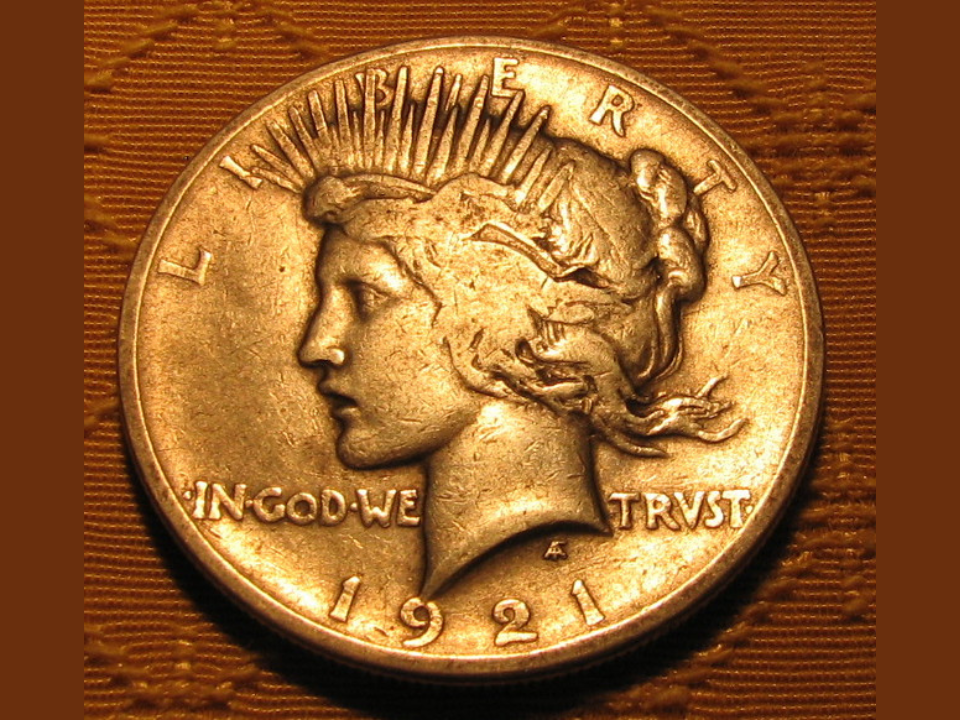
The 1921 Peace Dollar was created to commemorate the end of World War I. The coin features a depiction of Liberty with a radiant crown, symbolizing peace. The reverse shows an eagle perched on a rock, with the word “Peace” below. The 1921 Peace Dollar is one of the last coins in the U.S. Mint’s silver dollar series.
This coin is priced between $1,000 and $1,500, depending on its condition. Its connection to post-war America and its place in coin history make it a favorite among collectors.
1907 Saint-Gaudens Double Eagle
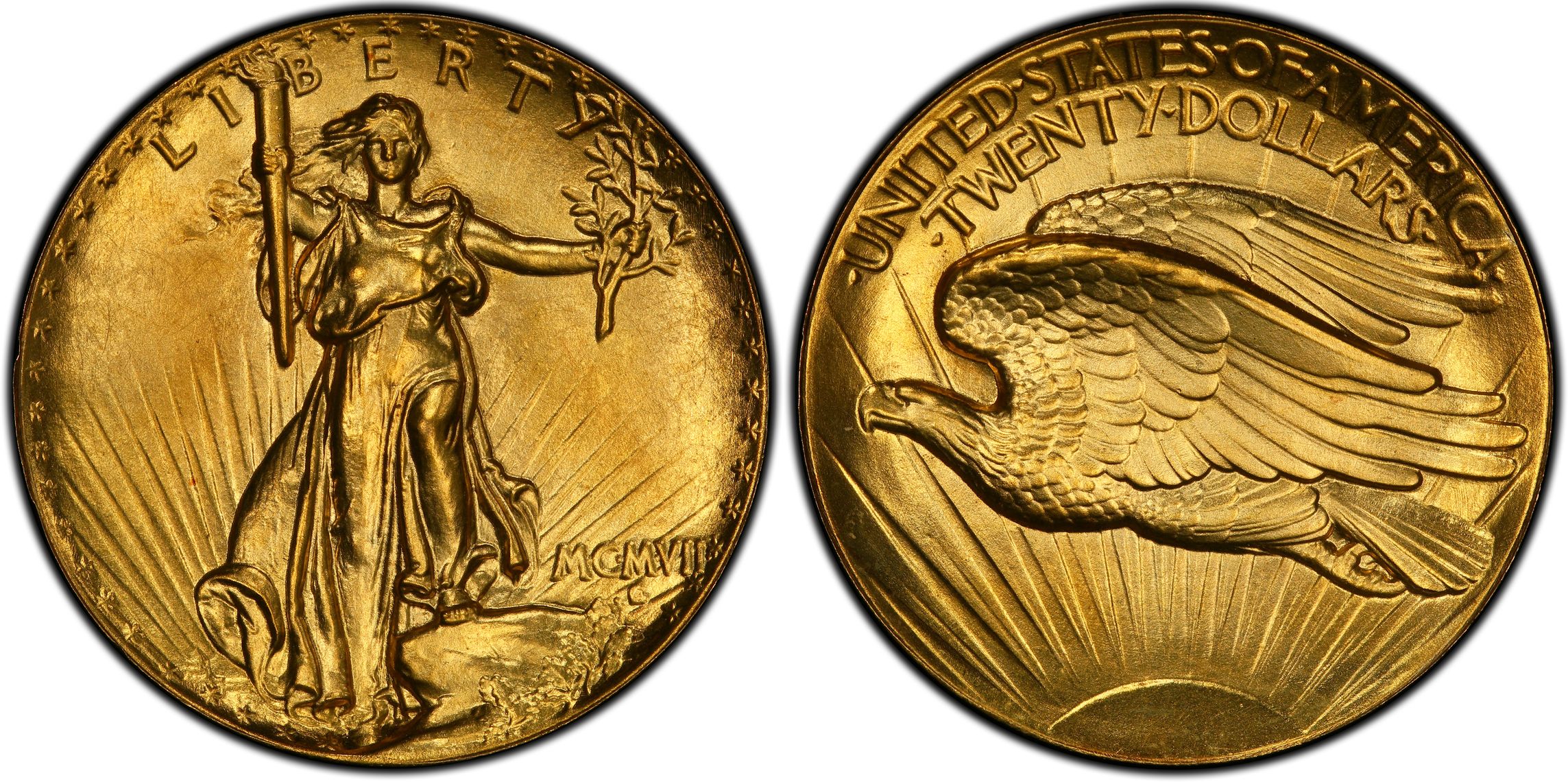
The 1907 Saint-Gaudens Double Eagle is often regarded as one of the most beautiful U.S. coins ever made. Designed by Augustus Saint-Gaudens, the coin features a powerful image of Lady Liberty walking forward, with a sunburst behind her. The reverse shows an eagle in flight. This design set the standard for gold coins in the U.S. for decades.
The 1907 Saint-Gaudens Double Eagle can sell for around $3 million, especially in higher grades. Its gold content, artistry, and historical significance contribute to its value.
This article originally appeared on Avocadu.
